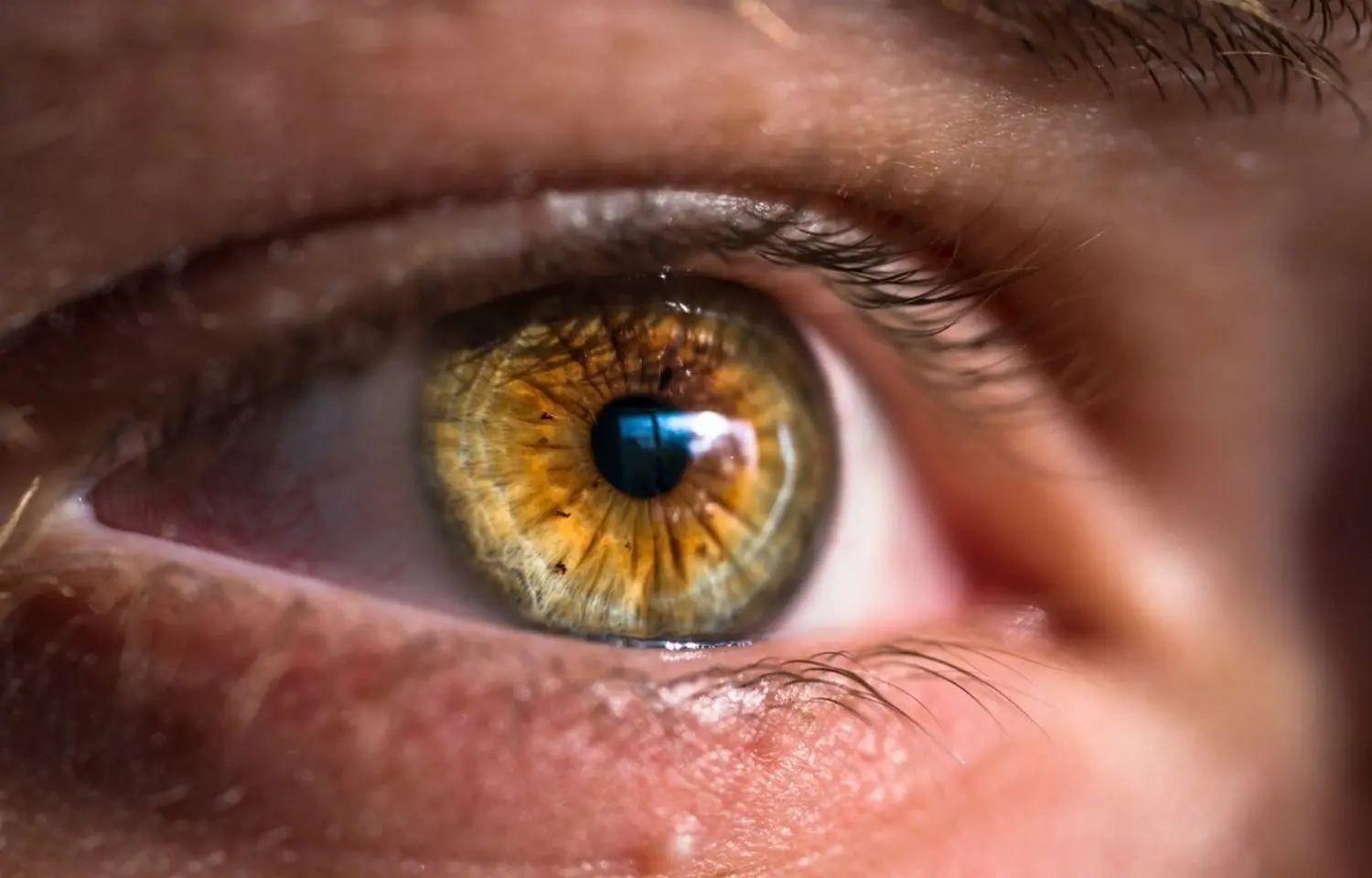- Home
- Medical news & Guidelines
- Anesthesiology
- Cardiology and CTVS
- Critical Care
- Dentistry
- Dermatology
- Diabetes and Endocrinology
- ENT
- Gastroenterology
- Medicine
- Nephrology
- Neurology
- Obstretics-Gynaecology
- Oncology
- Ophthalmology
- Orthopaedics
- Pediatrics-Neonatology
- Psychiatry
- Pulmonology
- Radiology
- Surgery
- Urology
- Laboratory Medicine
- Diet
- Nursing
- Paramedical
- Physiotherapy
- Health news
- Fact Check
- Bone Health Fact Check
- Brain Health Fact Check
- Cancer Related Fact Check
- Child Care Fact Check
- Dental and oral health fact check
- Diabetes and metabolic health fact check
- Diet and Nutrition Fact Check
- Eye and ENT Care Fact Check
- Fitness fact check
- Gut health fact check
- Heart health fact check
- Kidney health fact check
- Medical education fact check
- Men's health fact check
- Respiratory fact check
- Skin and hair care fact check
- Vaccine and Immunization fact check
- Women's health fact check
- AYUSH
- State News
- Andaman and Nicobar Islands
- Andhra Pradesh
- Arunachal Pradesh
- Assam
- Bihar
- Chandigarh
- Chattisgarh
- Dadra and Nagar Haveli
- Daman and Diu
- Delhi
- Goa
- Gujarat
- Haryana
- Himachal Pradesh
- Jammu & Kashmir
- Jharkhand
- Karnataka
- Kerala
- Ladakh
- Lakshadweep
- Madhya Pradesh
- Maharashtra
- Manipur
- Meghalaya
- Mizoram
- Nagaland
- Odisha
- Puducherry
- Punjab
- Rajasthan
- Sikkim
- Tamil Nadu
- Telangana
- Tripura
- Uttar Pradesh
- Uttrakhand
- West Bengal
- Medical Education
- Industry
Intraocular pressure reflects as glaucomatous damage to macula: Study

USA: Structural and functional characteristics of the macula are more responsive to intraocular pressure (IOP) in terms of glaucomatous development, says an article published in the Journal of Glaucoma.
Angela Y. BA Chang and colleagues conducted this study with the goal of examining the correlations between intraocular pressure, self-reported systemic hypertension (HTN), and glaucoma development utilizing structural testing using optical coherence tomography (OCT) and functional testing with visual field analysis (VF).
A total of 191 eyes from 119 individuals with glaucoma who were engaged in a prospective, longitudinal research (Structural and Functional Progression of Glaucomatous Damage to the Macula Study) were studied. Patients were examined at 4 to 6-month intervals with 10-2 and 24-2 VF and spectral-domain OCT. IOP was collected at each visit. In the included patients, 72 eyes (37 percent) had self-reported HTN diagnoses. The connection between summary data from VF and OCT and HTN diagnosis was tested using linear mixed-effects regression. The Bayesian information criteria were used to measure the goodness-of-fit of relationships.
The key findings of this study were as follows:
1. The following OCT parameters were most related to mean follow-up IOP: inferior macula GCL, global macular ganglion cell layer (GCL), mean less vulnerable zone macula GCL, and mean macular vulnerability zone GCL, as well as the following VF parameters: 10-2 PSD and 10-2 MD.
2. There was no statistically significant difference in advancement rates between HTN and non-HTN patients for any OCT or VF measure.
3. The best goodness-of-fit models for the link between HTN and advancement were the same as those found for IOP.
In conclusion, macular structural and functional factors were shown to be more closely associated to pressure-dependent glaucoma than traditional parameters. HTN was not linked with structural or functional progression, while it was not connected with advancement using any measure, macular structural and functional metrics showed a higher goodness-of-fit to predict progression.
Reference:
Chang, A. Y., Tsamis, E., Blumberg, D. M., Al-Aswad, L. A., Cioffi, G. A., Hood, D. C., Liebmann, J. M., & De Moraes, C. G. (2022). The Role of Intraocular Pressure and Systemic Hypertension in the Progression of Glaucomatous Damage to the Macula. In Journal of Glaucoma (Vol. 31, Issue 5, pp. 317–321). Ovid Technologies (Wolters Kluwer Health). https://doi.org/10.1097/ijg.0000000000002018
Neuroscience Masters graduate
Jacinthlyn Sylvia, a Neuroscience Master's graduate from Chennai has worked extensively in deciphering the neurobiology of cognition and motor control in aging. She also has spread-out exposure to Neurosurgery from her Bachelor’s. She is currently involved in active Neuro-Oncology research. She is an upcoming neuroscientist with a fiery passion for writing. Her news cover at Medical Dialogues feature recent discoveries and updates from the healthcare and biomedical research fields. She can be reached at editorial@medicaldialogues.in
Dr Kamal Kant Kohli-MBBS, DTCD- a chest specialist with more than 30 years of practice and a flair for writing clinical articles, Dr Kamal Kant Kohli joined Medical Dialogues as a Chief Editor of Medical News. Besides writing articles, as an editor, he proofreads and verifies all the medical content published on Medical Dialogues including those coming from journals, studies,medical conferences,guidelines etc. Email: drkohli@medicaldialogues.in. Contact no. 011-43720751


